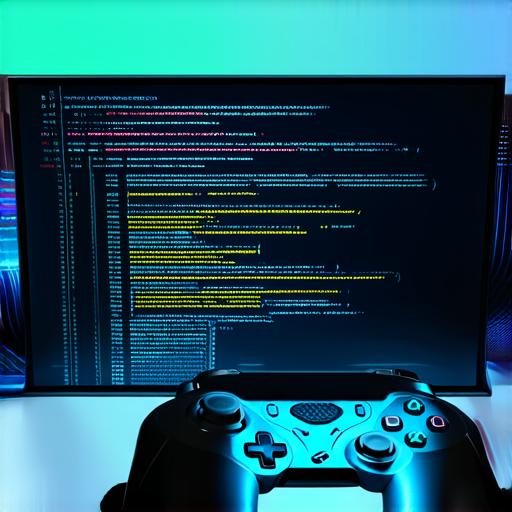If you’re a game developer looking to create a new game using Python, this guide is for you. In this article, we will explore the process of creating a video game from scratch using Python, including an overview of the tools and frameworks available, as well as tips on how to structure your code and bring your game to life. We’ll also cover some common mistakes beginners make when creating games and provide some helpful advice for avoiding them.
Overview of the Tools and Frameworks
Python is a popular programming language that can be used for a wide range of tasks, including game development. There are several tools and frameworks available for creating games with Python, including:
<strong>Pygame</strong><strong>Arcade</strong><strong>PyOpenGL</strong>
Pygame is a set of Python modules designed specifically for writing video games. It provides a number of features, including graphics rendering, sound playback, and input handling. With Pygame, you can create everything from simple 2D games to more complex 3D games.
Arcade
Arcade is another Python-based game development framework that offers similar functionality to Pygame. It was specifically designed for creating 2D games with a focus on simplicity and ease of use.
Arcade supports both 2D graphics and sound, as well as input handling and network programming.
PyOpenGL
PyOpenGL is a Python binding for the OpenGL graphics library. It provides access to the full range of OpenGL functionality, including 3D rendering, shading, and animation. With PyOpenGL, you can create advanced 3D games with complex graphics and effects.
Choosing the Right Tool for Your Game
With so many options available, it can be difficult to choose the right tool for your game. When selecting a framework or library, consider the following factors:
<strong>Ease of Use</strong><strong>Performance</strong><strong>Community Support</strong>
Getting Started with Pygame
Now that you’ve chosen your tool, let’s get started with creating a simple game using Pygame.
Before you start writing code, you need to set up your development environment. This will involve installing Python and Pygame on your computer, as well as setting up any other tools or libraries you’ll be using. You can find detailed instructions for setting up Pygame in the official documentation: Pygame Setup Guide
Writing Your Code
Once you have your environment set up, it’s time to start writing code. Here’s a basic example of how you might structure your game loop in Pygame:
python
import pygame
import time
Initialize Pygame
pygame.init()
Set up the window
window_size = (800, 600)
display = pygame.display.set_mode(window_size)
pygame.display.set_caption("My Game")
Define some colors
BLACK = (0, 0, 0)
WHITE = (255, 255, 255)
RED = (255, 0, 0)
Main game loop
running = True
while running:
Handle events
for event in pygame.event.get():
if event.type == pygame.QUIT:
running = False
Clear the screen
display.fill(WHITE)
Draw some shapes
pygame.draw.rect(display, RED, (100, 100, 200, 200))
pygame.draw.circle(display, BLACK, (400, 300), 50)
Update the screen
pygame.display.update()
Wait for a frame
time.sleep(1/60)
Clean up Pygame

pygame.quit()
This code sets up a simple game loop that draws two shapes on the screen and updates the display 60 times per second. You can modify this code to add your own graphics, sound, and input handling, as well as implement other game logic.
Common Mistakes Beginners Make
As with any programming task, creating games can be challenging for beginners. Here are some common mistakes to avoid when making a video game using Python:
<strong>Not Planning Ahead</strong><strong>Not Using Version Control</strong><strong>Not Testing Your Game Regularly</strong><strong>Not Seeking Feedback</strong>
Conclusion
Creating a video game using Python can be a rewarding and challenging experience. With the right tools and frameworks, as well as careful planning and testing, you can bring your game to life and share it with the world. Remember to be patient and persistent, and don’t be afraid to ask for help when you need it.
